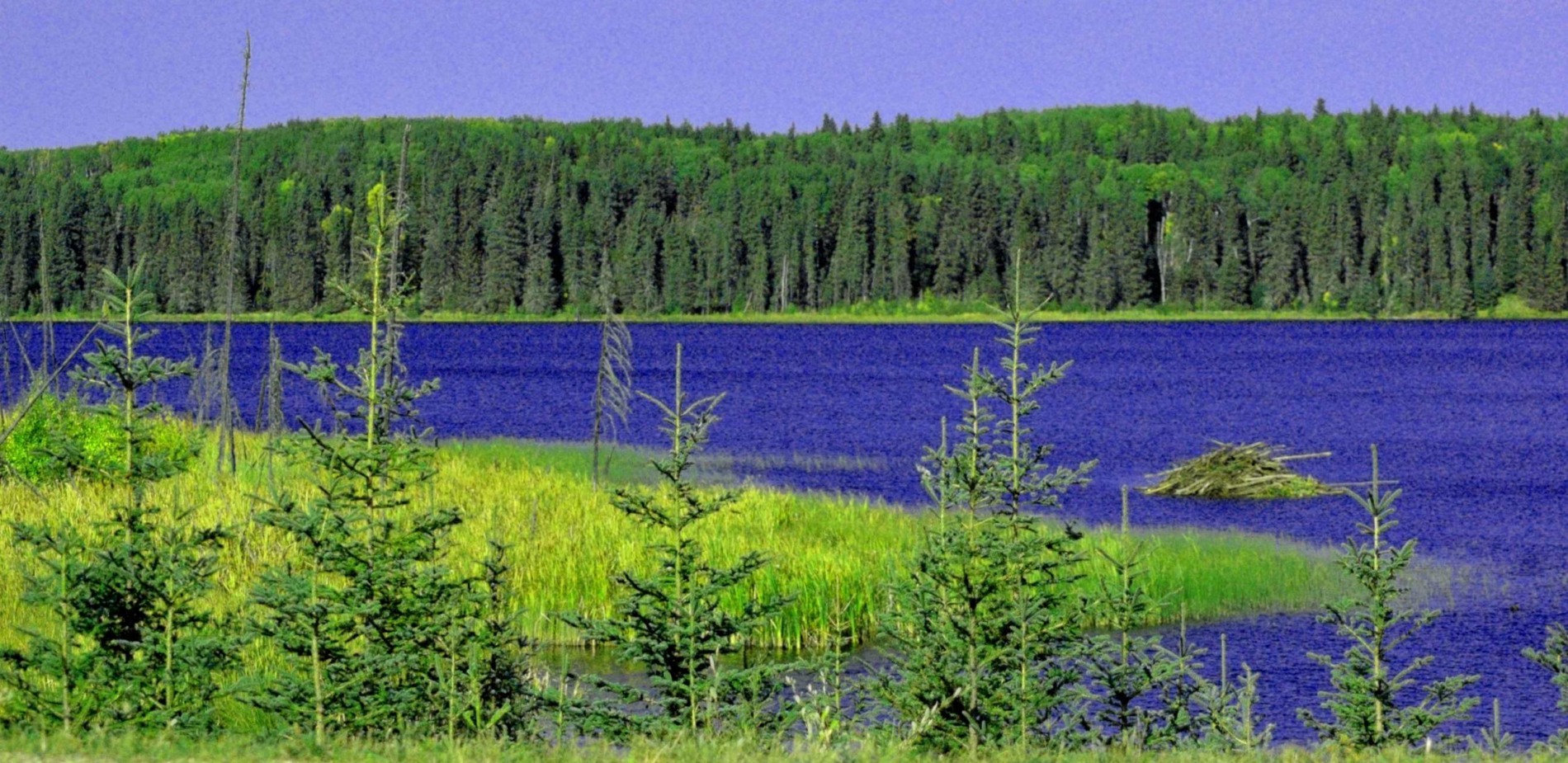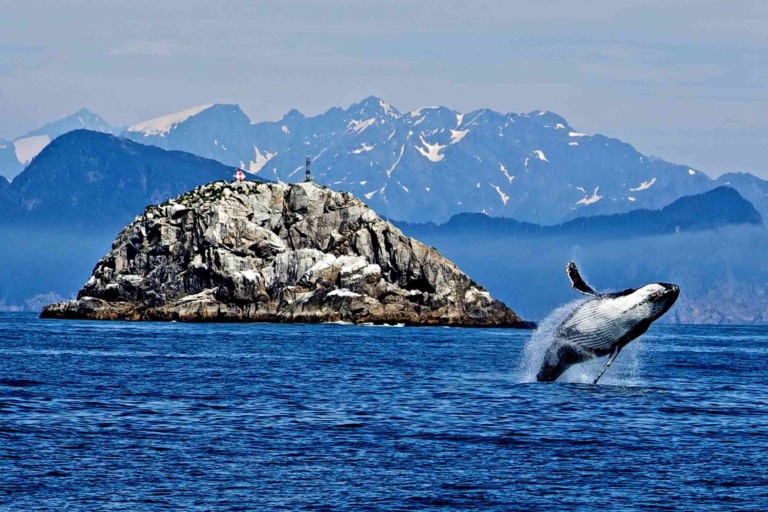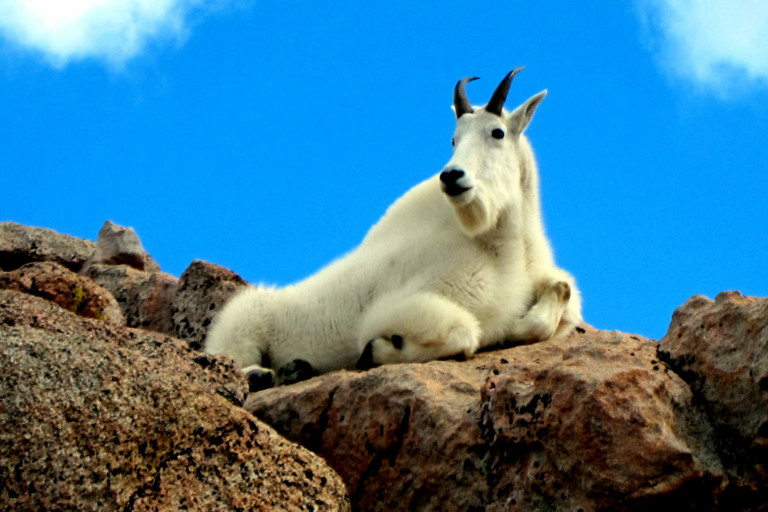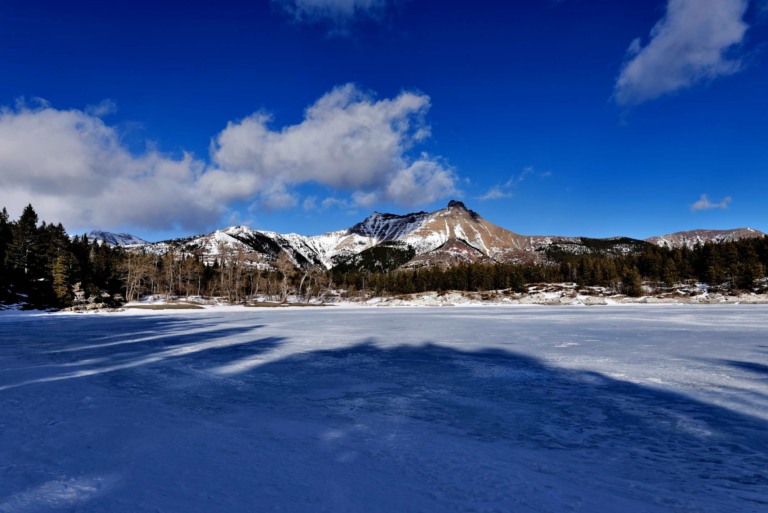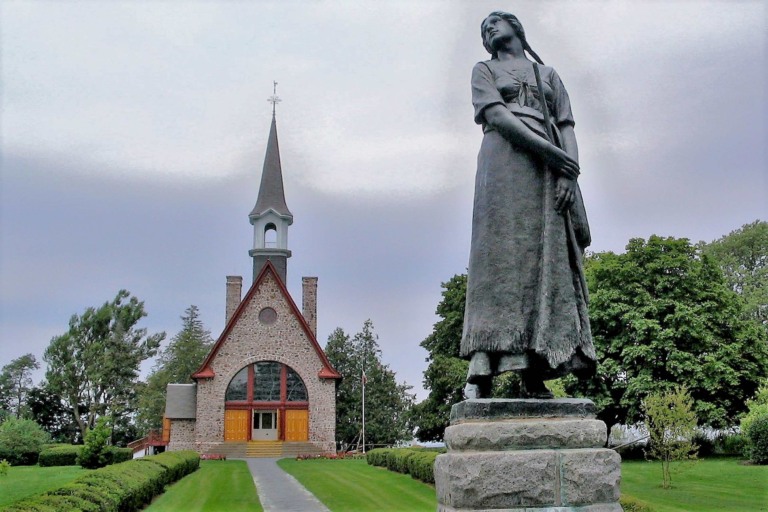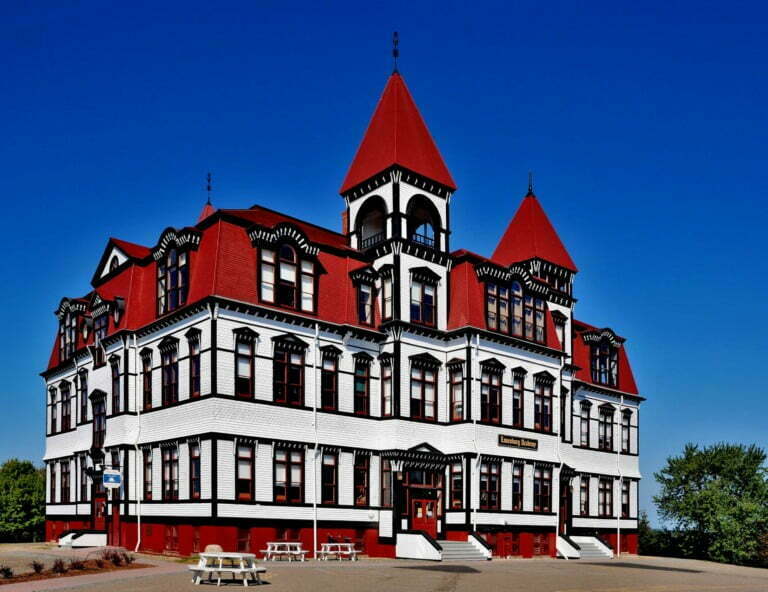Pimachiowin Aki is in the boreal forest, which covers parts of the Canadian provinces of Manitoba and Ontario. This 2,904,000-hectare tract of land has been a UNESCO World Heritage Site since 2018. Pimachiowin Aki is part of the ancestral lands of the Anishinaabe people. It is where the Berens, Bloodvein, Pigeon, and Poplar rivers meet. It’s a great example of Ji-ganawendamang Gidakiiminaan. So, the land will stay. This means being kind to the gifts from the Creator.
Pimachiowin Aki
The Anishinaabe are a group of Native Americans who share a similar culture. They live in the area around the Great Lakes in Canada and the United States. The Ojibwe, Odawa, Potawatomi, Mississaugas, Nipissing, and Algonquin peoples are among them. They take care of the land and all of the things on it, as well as getting along with other people.
Rivers, lakes, and other bodies of water that flow freely break up the forest. It has parts of the Anishinaabe First Nations’ land in it. These lands include Bloodvein River, Little Grand Rapids, Pauingassi, and Poplar River. The Anishinaabe live on less than a quarter of that land. The Anishinaabe believe that both people and nature are good for each other. They give life to things in the wild.
Nature gives the people who live there a sense of purpose over time and through the seasons. In Pimachiowin Aki, there are four small, permanent Anishinaabe communities where they live. They move around a lot and use waterways and a complicated network of connections between sites, routes, and areas that are usually only there for a short time.
In this big forest with many levels, they do it to get animals, plants, and fish. They have always done things this way. There are both old and new places of worship and rituals all over the country. Some of these were places where people lived, worked, traveled, had names, and set traps. They show how their Indigenous ancestors have lived on this land and others like it for more than 7,000 years.
So, Pimachiowin Aki is a great example of how Ji-ganawendamang Gidakiiminaan is made up of the Anishinaabe’s ideas, values, knowledge, and ways of doing things. The customary Anishinaabe government makes sure that these cultural practices will be passed down from one generation to the next.
Anishinaabe People
Since thousands of years ago, the Anishinaabe have known about this special place in the middle of North America’s boreal shield. Ji-ganawendamang Gidakiiminaan is a part of their culture that helps them do this. Pimachiowin Aki is a large area with a healthy boreal forest, wetland, lakes, and rivers that are free to flow. All of the ecosystems in a landscape are linked together by waterways.
Wildfires, the movement of species, the flow of nutrients, and the relationships between predators and prey are all important ecological processes that happen naturally and keep a large number of ecosystems in good shape. There are a lot of plants and animals from the boreal zone in these ecosystems. Some of these animals are well-known, like the woodland caribou, moose, wolf, wolverine, and loon.
The Anishinaabe believe that the Creator put them on this land and gave them everything they needed to live. Pimachiowin Aki is directly linked to their traditions and beliefs that are still alive today. Ji-ganawendamang Gidakiiminaan is a holy duty for them. It’s a part of their culture and a way of preserving the land.
This group of people is connected to the land and must take care of it. They held ceremonies in certain places to talk to other beings and show respect for sacred places like pictograph sites, Thunderbird nests, and places where Memegwesiwag live. “Little rock people” is what Memegwesiwag means. This is done to keep good relationships with the other spirit beings that live on the land with the Anishinaabe and to keep their way of life on the land productive.
Ji-ganawendamang Gidakiiminaan is a set of beliefs and values that are kept alive by customary systems of government based on family structures and respect for elders. The names of places are also important because they remind people of strong oral traditions that are tied to a deep understanding of the land.
Things like where resources were, how to get to them, and how the Anishinaabe used them and lived in the past. Pimachiowin Aki is a great example of a belief that everyone can agree is important because it is so big and has such strong traditions.
